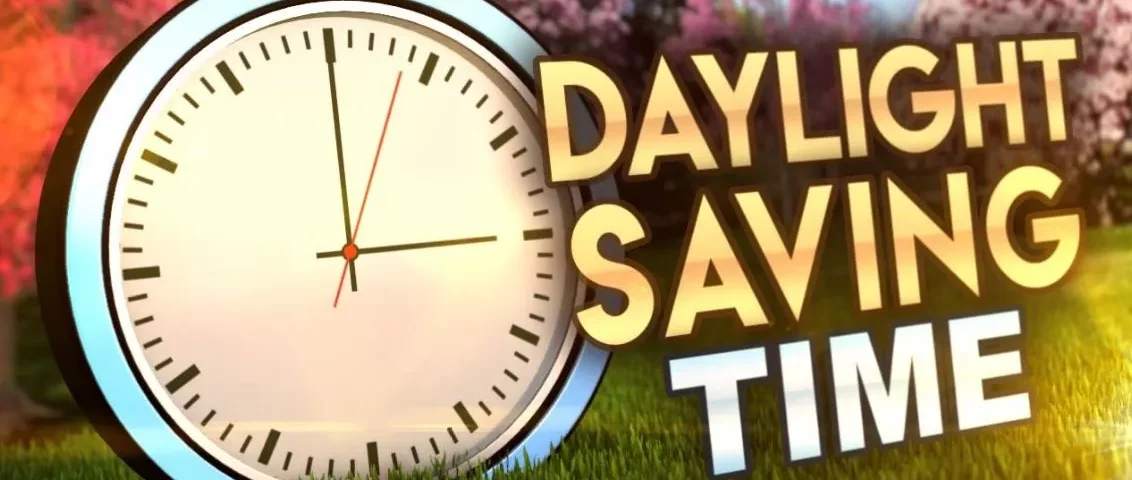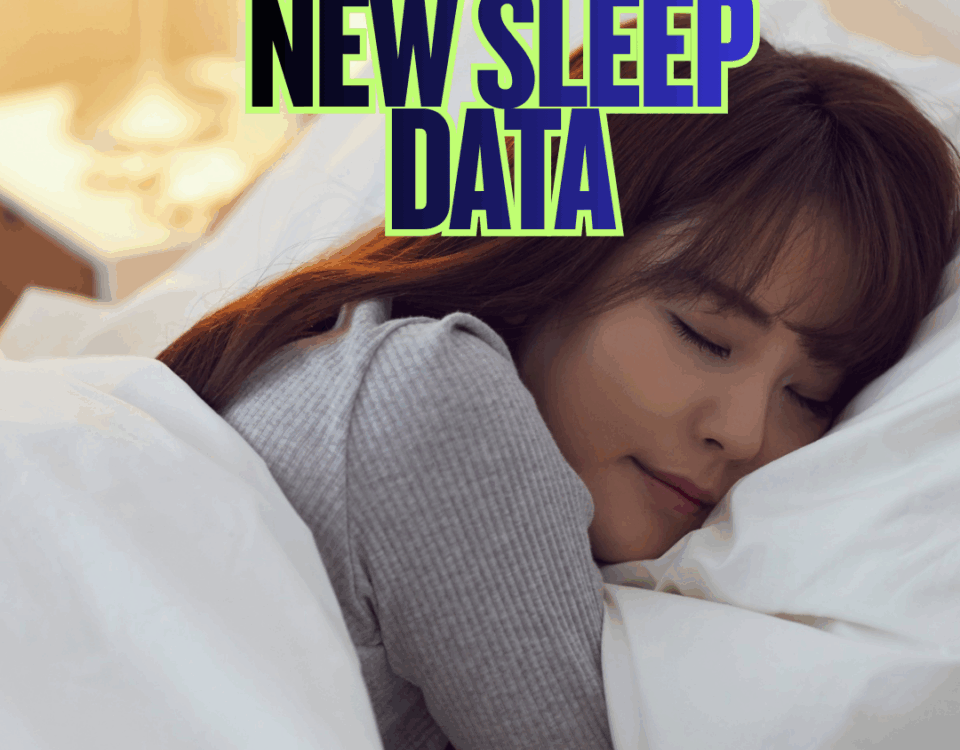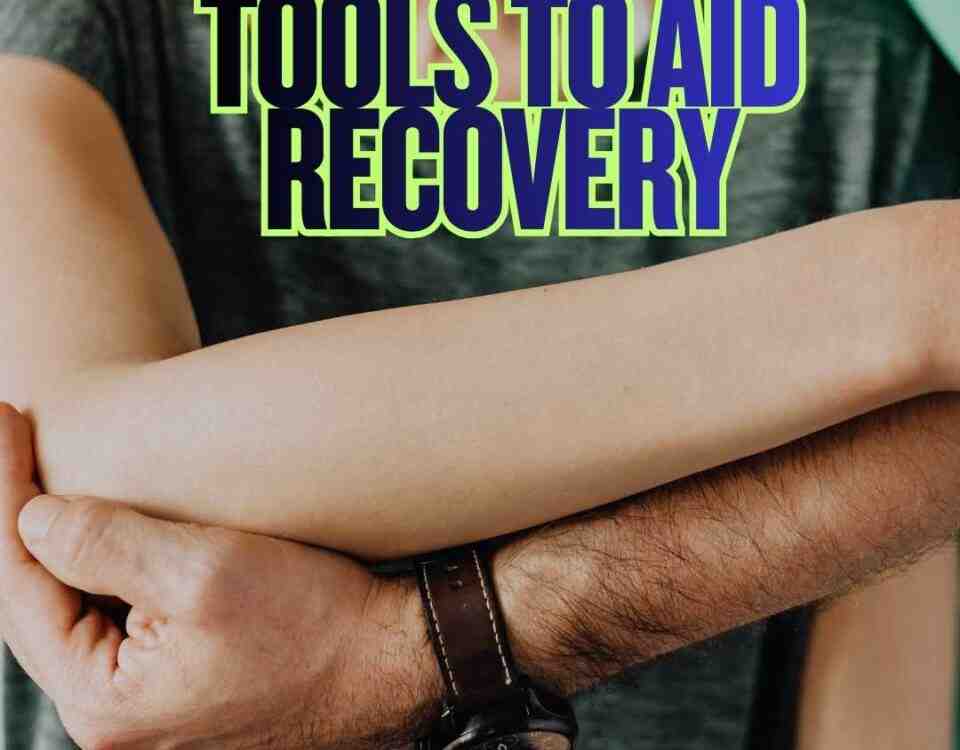Are There Negative Effects of Falling Back?

Ouch! The Bad Habit of Cracking Your Neck!
November 4, 2022
Are Trampolines Really Safe for Kids?
November 7, 2022Effects of Daylight Saving Time
The old phrase, Spring ahead, Fall back…we can then remember what to do when Daylight Saving Time starts and ends. The fall summons losing an hour and a lot more time in the dark!
Originally, Daylight Saving Time was created to save energy and help maximize daylight in spring, summer and fall. First widely used in 1908 in Thunder Bay, Canada. Then in 1916, during the 1st World War, Germany and Austria used it as a temporary measure. The United States officially adopted Daylight Saving Time in 1966 as part of the Uniform Time Act. All states opted in except for Arizona and Hawaii, their reasoning being that they get enough sunlight; those states are on constant Standard Time. The Navajo Nation in Arizona observes Daylight Saving Time due to their territories in Utah and New Mexico observing it.
An hour difference may not be a lot, but research has shown that an hour is enough to cause adverse health effects. Is this really the case?
This hour change affects a person’s circadian rhythm.
Circadian rhythm is a 24-hour internal clock that regulates the sleep-wake cycle of the body: physical, mental and behavioral changes the body undergoes throughout the 24-hour cycle. The cycle resets daily and is affected by dark and light.
In the fall when it gets darker earlier, the disruption in a person’s circadian rhythm has psychological effects.
There is some data that reflects motor vehicle accidents increased following spring Daylight Saving Time change with the highest incidents occurring in the mornings and in locations further west within the same time zone.
There are also some studies that reflect higher incidence of health issues in older adults.
Lately there has been talk about cancelling Daylight Saving Time change and there are supporters and detractors for it. For the supporters, they argue about the negative effects on a person’s health, although more studies are needed. For the detractors, they argue that more daylight gives people more time to stay outdoors and stay active but also more time to shop and eat, therefore boosting the economy.
– This article was written by Chandra Cunningham, DC one of the members of Chambers Medical Group’s team of car accident chiropractors who offer a variety of treatments and therapies ranging from diagnostic testing to various soft tissue therapies for car accidents and injuries in Kentucky.
If you or somebody you know has been in a car accident, be sure that you seek medical attention from a car accident doctor or car accident chiropractor to treat your injuries. Visit Chambers Medical Group to receive world-class medical treatment for your injuries.
Chambers Medical Group has car accident medical clinics in the following locations:
- Car Accident Medical Clinic in Tampa
- Car Accident Medical Clinic in Plant City
- Car Accident Medical Clinic in Brandon
- Car Accident Medical Clinic in Lakeland
- Car Accident Medical Clinic in Sarasota
- Car Accident Medical Clinic in Louisville
- Car Accident Medical Clinic in Lexington
- Car Accident Medical Clinic in Florence




